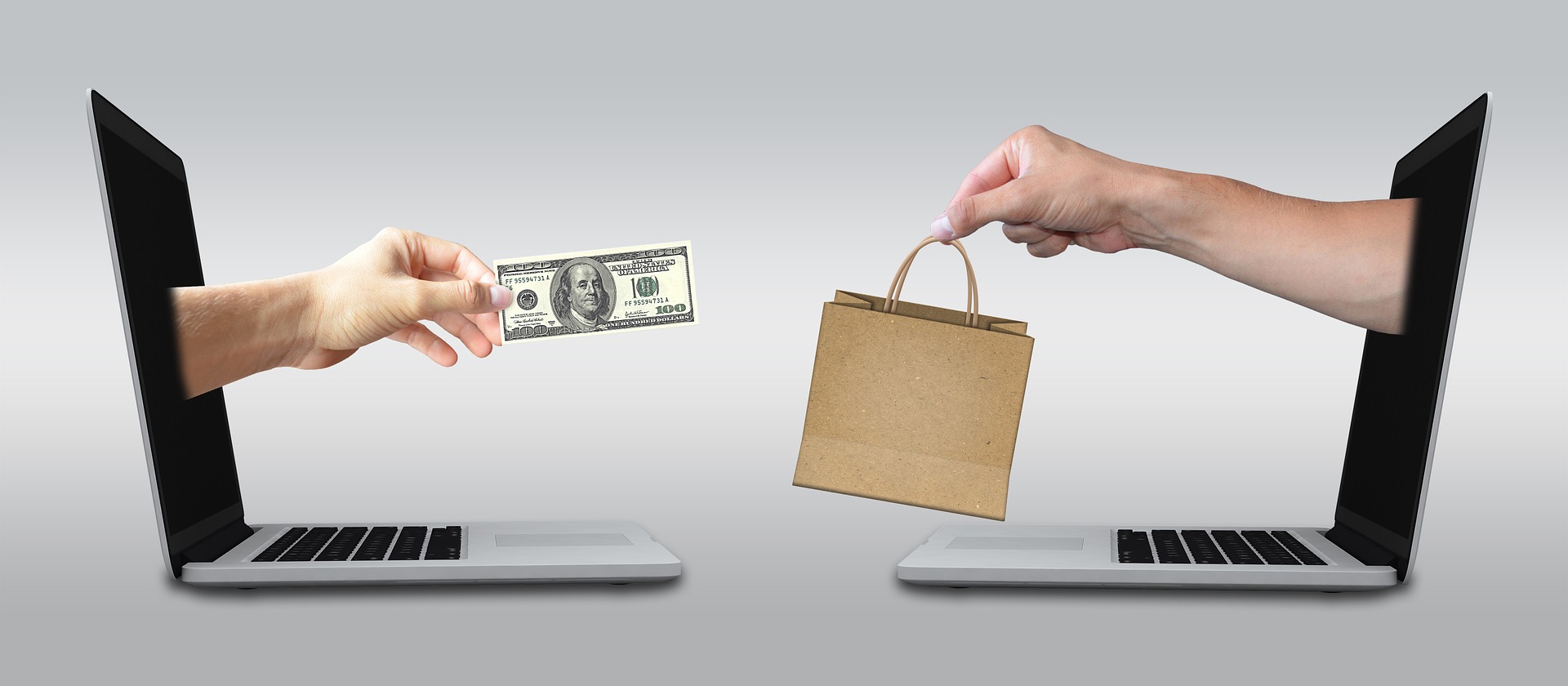Money may currently be what makes the world go round, but it hasn’t been around forever. The beginnings of what we know as modern currency began in ancient times, though our modern payment methods would be nearly incomprehensible to its inventors.
It all started when our ancestors decided it would be great to trade what they had a surplus of, for what they didn’t; as opposed to invading and massacring and taking the spoils. After the adoption of trade, came coins crafted from metals mined from caverns or sieved from rivers, that were actually worth something.
And from there came banknotes which, despite just being pieces of paper, quickly caught on and soon had millionaires tossing them up in the air and cackling maniacally like Ted DiBiase.
Flash forward to the here and now, and it would seem everyone is totally content to use little rectangles of plastic that contain information, and every once in awhile, our old trusty cash. It’s had both positive and negative effects, but your bits of plastic probably won’t be disappearing completely anytime soon.
That being said, the payment industry is undoubtedly changing, like so many others, in order to adapt to the customer and incorporate new technologies. From the way we purchase things, to the way we reluctantly transfer money between accounts, advances in currency technology have been improving our lives in many ways.
Digital currency
The likes of bitcoin and other cryptocurrencies have revolutionized the way many people are paying for products. No one really expected much from digitized currency back when it was first introduced, but since then the platform has skyrocketed in a way that many people are now kicking themselves for not getting involved sooner.
When considering the frequency of bank system hacks over the past few years, digital currency appears to be a much safer option for those who want to keep their funds safe, even if they’ll never actually be able to hold it in their hands. Bitcoin boasts higher security due to its military-grade cryptography but also comes with the risk of fluctuation and people are still unsure of its life expectancy.
There are companies out there that have turned to bitcoin and blockchain for investment opportunities and it shouldn’t be long before this process is adopted by big corporate entities. We can’t be certain of the future of bitcoin, but for now, it is a nice, safe alternative to traditional payment methods.
Online shopping
A method that was first introduced by Michael Aldrich, who used videotex, was a two-way messaging service, to revolutionize business. It was online shopping before the internet was even a thing. The first business to business transaction was undertaken by Thomson Holidays in the UK and from there it has only grown.
Nowadays, online shopping exists for retailers all across the world. Gone are the days of having to actually go to the shop and physically purchase something, now all we need to do is click a couple of times on a website before hitting ‘Confirm’ and wait. It has allowed customers to find items that aren’t in stock at their local shop, as well as see user reviews for products they are still unsure whether or not to fork out the cash for.
Whilst we still have to pay those pesky (and sometimes extortionate) delivery fees, the convenience of doing your weekly shop, or purchasing the latest video game from the comfort of your own home is often too much of an attractive draw to care.
Online banking
Like online retail, using technology to do your banking remotely has saved a lot of time, and made a typically dull and frustrating process much more streamlined. After a stuttering start in the 1980s, online banking really started to make waves during the 90s where Stanford Federal Credit Union was the first institution to offer online banking to all customers.
Since then, we have moved towards viewing statements online and using smartphones to transfer money between friends. It has changed the whole process of banking that reflects the digital age we live in. We no longer need to wait in line at the bank after a long day of work to deposit a cheque or pay off a debt, instead, all of that can be done over your lunch break, without having to leave the office.
Mobile payments
In an age where no one goes anywhere without their smartphones, it should be no surprise that companies have found ways to incorporate this attachment to the way we pay for our goods and services. Now, we have smartphone apps that eradicate the seemingly time-slowing ordeal of rifling through wallets searching for spare change and replace it with a simple tap here, a swipe there, without having to touch any currency.
This Visa report announced that the amount of Europeans using mobile payments has tripled since 2015, now standing at 54%. Another states that the number of people who believe mobile payments are more secure than credit cards has risen from 14% to 22%. Despite mobile payment not taking off quite yet, as the shift from physical currency to digital currency gains traction, we could see a more universal acceptance of this payment method.
Payment processing
It is not just the consumer that is benefiting from money and technology merging. Payment processing has evolved just as payment methods have in other areas. Now, there are companies such as Tidal Commerce that save merchants up to 35% on credit and debit card payment processing, through low-rate non-fluctuating fee plan.
Formerly, there would be a sort of ‘Ugh, I’d rather not’ reaction from vendors whenever you produced your credit or debit card to pay for a measly packet of crisps. It was never said outright, but it was implied. Payment processing platforms, such as Tidal, have streamlined the often troublesome procedures to make life easier for both consumer and seller.
One of the areas that have seen the most benefit is small business owners who cannot afford to pay processing fees usually associated with the big credit companies.
These are just current examples. In the future, we could see these methods rise and fall and rise again. In a world where many countries are striving for a cashless society, technology is here to assist us and whilst many people may be skeptical at first (who can blame them?), this trend seems here to stay. For how long, we don’t know but it is unlikely to regress anytime soon.












